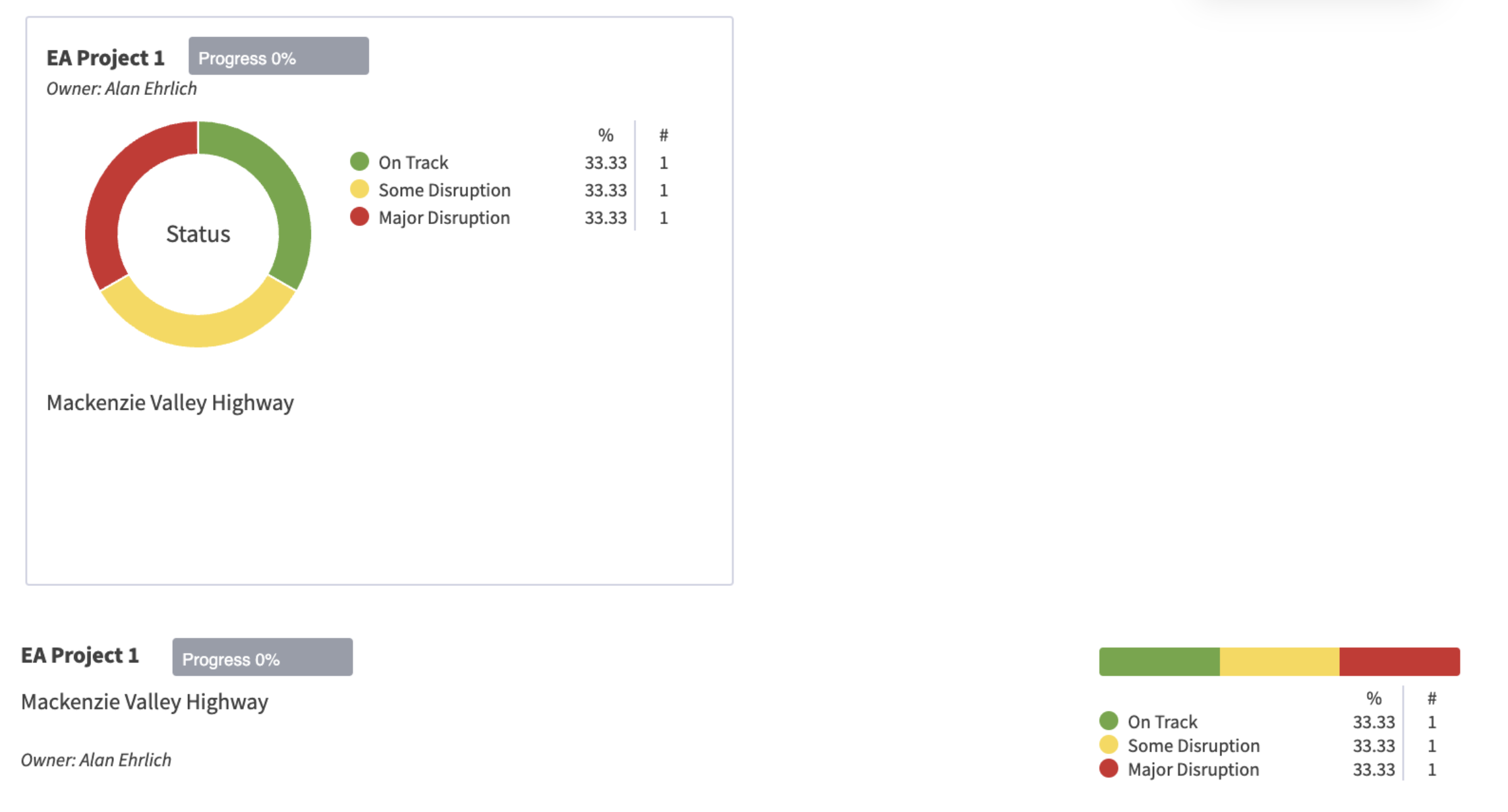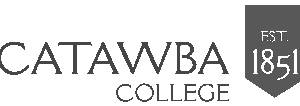Protecting what matters most.
The Mackenzie Valley Environmental Impact Review Board delivers fair, timely, evidence based assessments that honor Indigenous voices and protect the environment. With Envisio, they align strategic goals, build staff ownership, and prepare to launch a public dashboard, strengthening transparency and advancing their mission to care for lands and resources now and for future generations.
Mackenzie Valley Environmental Impact Review Board embraces strategic planning and performance management to deliver on important mission
To best understand the scope and importance of the work being done by the staff at the Mackenzie Valley Environmental Impact Review Board [MVEIRB], it should be explained with the passion and conviction present in every conversation with individuals at this amazing public sector organization.
“The Mackenzie Valley Environmental Impact Review Board [MVEIRB] is an administrative tribunal that was set up as a result of some of the modern comprehensive land claims that were signed in the Northwest Territories,” explains Kate Mansfield, Manager of Environmental Assessment Policy and Planning at MVEIRB.
“Our board is a co-management board that gives representation to Indigenous people to have a say in decision-making about land and resource management in the Mackenzie Valley.
“We do environmental assessments in the valley, so if there’s going to be a major development project that’s coming into the territory that might be a cause of public concern, or might cause significant adverse impacts, then our board will take a good close look at that project and make a determination about whether or not it should proceed and if so, under what conditions.”
Driving Reconciliation and environmental stewardship
The importance of the work being done at MVEIRB can’t be overstated–these are critical efforts that work towards reconciliation between Indigenous people in Canada, as well as managing resources effectively, keeping track of development in the region, and understanding and combating the effects of climate change.
Longtime Envisio customers, Kate and the whole team at MVEIRB understand that deploying a technology partner can help drive more efficient and effective service delivery which, in turn, betters their ability to enact their legislative mandate.
“Our board plays a really important role in the way that lands and resources are managed in the territory, and we use Envisio to help us keep track of the strategic aspects of our organization. So we have a clear mandate from our legislation.”
“We do environmental assessments. And Envisio helps us manage the strategic actions that help us do environmental assessments in the best way possible. We have a clear job, and this helps us understand how we can do it better. So that’s the way Envisio fits in.”
A long history of strategic planning informs the future
MVEIRB’s history with Envisio dates back to 2018, but they were committed to strategic planning even prior to that engagement. MVEIRB were already ahead of the curve when it came to understanding that strategy execution was key to enacting their mandate, and they’ve come a long way in how they manage and measure progress against their strategic goals.
“We’ve had lots of strategic plans, but I think part of that is just a function of the way that the organization has been evolving,” says Kate. “Our board was only established in 1998, and so there was a period where we were figuring out what our job was. And now that we’re in the next phase of our evolution as an organization, where we have a good sense of what our job is–we have a clear mission, and we have a clear vision in place about how we want to do this job in a good way. And so our use of tools like Envisio has evolved as the organization has matured.”
Static plans evolve to dynamic strategy
It wasn’t always so clear, though—prior to onboarding Envisio, Kate and her team were using a good, old-fashioned (and outdated) mode of tracking their strategic plan.
“Our strategic plan was a PDF. It was not a living document until 2018,” says Kate. “And even in that period, 2018 to 2022, the plan was a living document that was not fully functional. We didn’t have the routines established to be reporting regularly or consistently. But I think this time around it’ll be a little bit different, just because we have the motivation and that practice from last time around. And Envisio has provided us with a ton of help to make us understand those systems better, so that’s been really helpful.”
Building a culture of planning and alignment
With many best practices in place (and a few Envisio workshops under their belts), Kate and the MVEIRB team have been developing a new strategic plan to guide them forward, from 2023 onward. Having Envisio inside the building, so to speak, has helped them as they’ve gone through the process.
“We did our planning this time around in two main steps. We had an external facilitator come in to help us with the big picture, making sure that our mission, vision, and goal levels were solid. And then Rob, our Customer Success Manager at Envisio, actually came and gave our staff a workshop to generate the actions that would best contribute to those objectives.
“So the upper level tiers of the plan were board-driven, and the bottom level was staff-driven, and then there’s been a little bit of iteration between those two poles, to make sure that there’s alignment between them. We’ve got all the bones in place, but we’re still doing some tinkering to make sure that our actions are contributing to the goals and objectives that the board has set.”
Four strong pillars ensure strategic success at MVEIRB
In listening to Kate explain the plan, its pillars, and their desired outcomes, her passion for the work at hand is evident, as is the thoughtfulness, duty of care, and meticulousness required to craft top-tier strategy.
“At a high level, the mission of our board comes from our foundational legislation, which is the Mackenzie Valley Resource Management Act,” says Kate. “And so the mission that we work towards is to conduct fair and effective, timely, evidence-based environmental impact assessment processes that consider the protection of the environment, protecting the social, cultural, and economic wellbeing of the people and communities in the Mackenzie Valley, and the importance of conservation to the wellbeing and way of life of Indigenous peoples who live in the Mackenzie Valley.
“And then within that mission, the vision that we’ve created for ourselves is to make wise environmental assessment impact assessment decisions that balance the diverse values, interests, and knowledge of all residents of Mackenzie Valley, and ensure the protection of the environment for present and future generations.”

The goal behind each pillar
Goal 1 – Environmental Impact Assessment Processes
“For goal one, the objectives are mostly about how to do environmental impact assessments in efficient and effective ways. So, how do we make sure we’re getting good evidence? How do we make sure that we’re gathering evidence in fair, participatory, and culturally appropriate ways? How do we make sure that we’re getting a broad suite of evidence? So we want to make sure that we’re balancing science with traditional knowledge that comes into our processes. And then, how do we make sure that we’re running timely processes and we’re meeting all of our legislative timelines? We need to be quick and nimble as much as we can while still making good decisions.”
Goal 2 – Participation
“For our second goal and with respect to participation, our objectives are mostly about making sure that we can hear from a wide range of people and voices that are not traditionally included in the environmental impact assessment process. We want to make sure we’re hearing from elders and women and youth and all the different parts of the population. And we also want to make sure that we can build good relationships that will allow us to hear these voices”
Goal 3 – Leadership
“Goal three is again about leadership, but this time in maintaining and enhancing our network. So we have to build strong relationships with Indigenous Governments and communities, with the federal government, with territorial government, and with developers. So it’s about managing those relationships, and in some cases formalizing those relationships through memorandums of understanding or other plans. And then it’s also about enhancing and developing and maintaining our role as a leader–making sure that we step up when necessary, and that we are in a position to support others to step up when it’s better for the board to take a back seat.”
Goal 4 – Organizational Performance
“And finally, we have organizational performance. This fourth goal is all about being an efficient and innovative and values-based board. We want to make sure that staff and the board are knowledgeable, they’re informed, and they have a strong rooting in the board’s values. We want to make sure that everybody’s voice is heard and included at a staff and board level– that we’re benefiting from a diversity of perspectives and worldviews. And we’re also wanting to make sure that we’ve got improved accessibility. That was a big thing that we’ve heard that we need to work on, and so that’s included as well.”
Embedding reconciliation and inclusion in every goal and pillar
Each of these pillars and their goals are supported by action items that are specific and measurable, with relevant timelines and assigned owners and contributors. Kate and her team also have some unstated, or perhaps imbued, principles that help to guide their strategic efforts.
“And I would just say that all of these goals set out to help advance some of the principles of reconciliation that are embedded in the land claims, and that are part of the fabric of a lot of the work that we do,” says Kate.
“We want to make sure that we’re bringing up voices and making sure that there is equal participation and representation from Indigenous voices in our office, and in the processes that we run, and in the decisions that the board makes.”
Fair, timely, evidence-based decision making is empowered by Envisio
As Manager of Policy and Planning, Kate is in charge of curating the content in Envisio. Ensuring timely updates, keeping staff work aligned with strategy, and building out their soon-to-be-published public dashboard are all items that fall within her scope of work–work that has been enabled by Envisio’s strategy execution and performance management platform.
Simplifying updates and keeping strategy top of mind
“It’s quite easy to make updates. I really like that main dashboard where I can see what is assigned to me and what I need to report on, that’s really great,” she says. “There are a lot of good tools in one spot, where you can take a quick glance to see how you are progressing on your assigned tasks.
“I also really like the reports. I’ve already started generating a couple of different reports and playing around with ways that we can provide the board with high level updates on a regular basis.”

Shared visibility for staff and leadership alignment
“Our leadership board is into Envisio. One of the board’s values is being innovative and being a leader, so Envisio contributes in a number of ways to those values, and to the mission and vision that the board has set for itself. So that’s a very direct correlation. Our board is also a very active and engaged board. They’re really running the show. And it’s nice for them to be able to see easily and on a continual basis how the staff are working towards the goals and visions and objectives that they’ve set for themselves.”
“Envisio does’t change what we do, but it helps us figure out how to streamline the ways in which we want to do our job better,” says Kate. “And we have a renewed focus in Envisio now, especially with someone who’s going to be spearheading this on behalf of the organization. Prior to this, the responsibilities were a little bit more spread out, but it is easier with a champion.”
Championing continuous improvement
Having an internal champion like Kate is a best practice for getting the most out of what Envisio has to offer. And while the MVEIRB team has been using Envisio successfully to date, Kate also has big plans for how the organization can improve their processes moving forward (fostering a culture of continuous improvement is also a best practice…we’re starting to see a pattern here).
“Our plan is that every staff member – the people actually doing the work – is able to make updates to the projects they’re working on. There’s only 15 or 16 staff at the moment, so everyone is going to be involved in some aspect of this plan. And for the board, they’ll be informed at every board meeting. The idea is that using Envisio will get us in the habit of making continual progress updates so the board will always have access to that information, to keep us accountable, transparent, and honest.”
Transparency for the public, progress for the future
Kate plans to extend that transparency to the public with the publishing of their community-facing dashboard sometime in the near future.
“The public dashboard is pretty fun,” she says. “It’s such an easy thing to do. I’m still playing around with the formatting and making it look beautiful, but it was easy to set up. I was able to do it in two days, I believe. It didn’t take a ton of time. I think that will be good too, especially because transparency and accountability are part of our board’s fabric and part of our values, and so this contributes to those things in a really direct way.”
“The goal for us with respect to using Envisio as part of our strategic planning process is not perfection, it’s progress, and it’s continually making sure that we’re moving in the right direction. And so even though this is our second time around, we’re using Envisio in a different way. We’re using it more comprehensively. We’re using the public dashboard. And so it’s totally fine to be learning as we go. That’s kind of the point.”
Stewardship in Action
The Northwest Territories and Yellowknife are the expansive lands, waters, and communities at the heart of MVEIRB’s mission.




